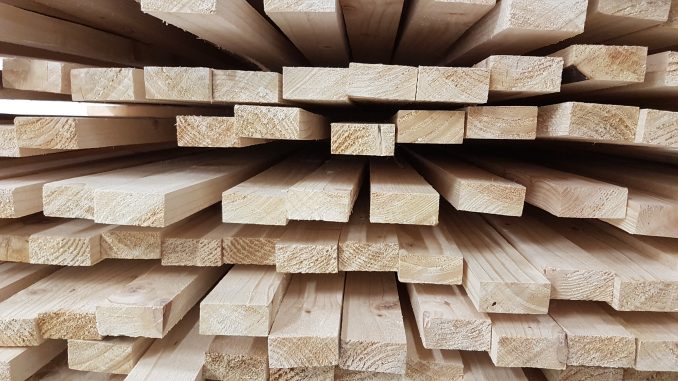
This is a short post looking at how tiling batten dimensions (according to the standards, at least) have changed over the years.
It is sometimes said* that the tiling battens were too small to be compatible with EN 336, and that this prevented them being covered by EN 14081 – and that this changed in 2013 when the minimum thickness and width was reduced to 6 mm. However, the current standard UK tiling battens were always in size scope (2003 version minimum thickness and width of 22 mm, 1995 version minimum thickness and width of 24 mm). Rather they were not in scope because they were not considered “structural timber”.
The standard sizes of battens, according to BS 5534 at least, were smaller originally – but were all within the range of EN 336 by 1997 (albeit with different size tolerances).
| BS 5534 version | |||
| Tiles | Span | 1978 : 1990 | 1997 : 2003 : 2014 |
| Natural slates, sized | Up to 450 mm | 19×38 | 25×50 |
| 451 to 600 mm | 25×38 | 25×50 | |
| Natural slates, random | Up to 450 mm | 25×50 | 25×50 |
| 451 to 600 mm | 25×50 | 25×50 | |
| Fibre-cement or concrete slates | Up to 450 mm | 19×38 | 25×38 |
| 451 to 600 mm | 25×38 | 25×50 | |
| Double-lap clay or concrete tiles | Up to 450 mm | 19×32 | 25×38 |
| (pitched work) | 451 to 600 mm | 25×32 | 25×38 |
| Double-lap clay or concrete tiles | Up to 450 mm | 19×38 | 25×38 |
| (vertical work) | 451 to 600 mm | 25×38 | 25×38 |
| Single-lap clay or concrete tiles | Up to 450 mm | 22×38 | 25×38 |
| 451 to 600 mm | 25×38 | 25×50 | |
* yes, including by me – I was wrong

How do I calculate for a tile batten of a span 640mm can a standard tile batten 25mmx50mm perform up to standard or will a have to get the truss company to calculate and supply me with them thanks Rob
Since a span of 640 mm is outside of the range of Table 3 in BS5534 a check would need to be done by calculation. The Standard gives the procedure and an example.
“Battens for spans greater than those given in Table 3, or for other loading conditions, should be designed by structural calculation for strength and stiffness in accordance with Annex F”. There is an example given in Annex G. The calculation depends on batten timber type, roofing type, and pitch.